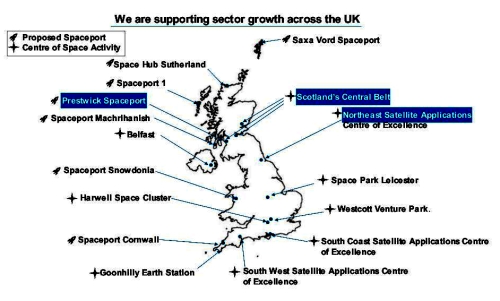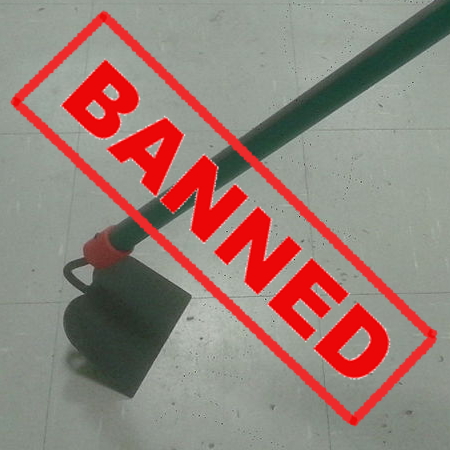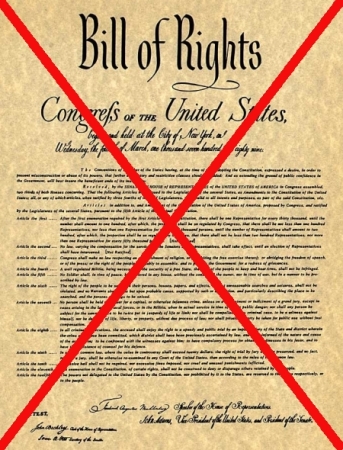Today’s blacklisted American: Louisiana health company to punish employees with unvaccinated spouses

Death camps are coming for the unclean unvaccinated.
They’re coming for you next: A Louisiana hospital system, Ochsner Health Systems, has informed its employees that they will be fined $100 per salary check for having an unvaccinated spouse on their health plan.
From the memo sent to all employees:
New in 2022: Ochsner is implementing a new Spousal COVId Vaccine Fee as part of its 2022 medical plan premiums. This means, if a spouse/domestic partner is covered by one of our medical plans in 2022 and unvaccinated against COVID-19, a $100-per-pay-period fee will apply.
The chutzpah and irrationality of this policy is really beyond words. » Read more

Death camps are coming for the unclean unvaccinated.
They’re coming for you next: A Louisiana hospital system, Ochsner Health Systems, has informed its employees that they will be fined $100 per salary check for having an unvaccinated spouse on their health plan.
From the memo sent to all employees:
New in 2022: Ochsner is implementing a new Spousal COVId Vaccine Fee as part of its 2022 medical plan premiums. This means, if a spouse/domestic partner is covered by one of our medical plans in 2022 and unvaccinated against COVID-19, a $100-per-pay-period fee will apply.
The chutzpah and irrationality of this policy is really beyond words. » Read more










